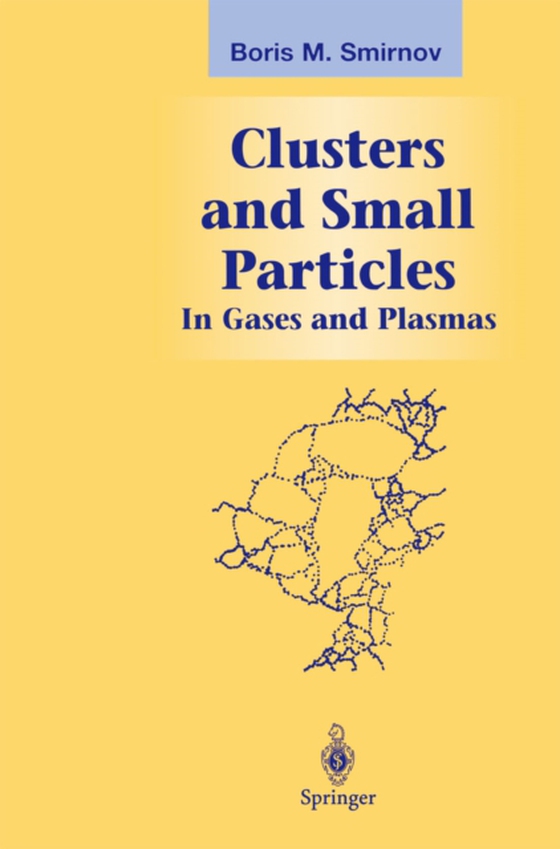
Clusters and Small Particles e-bog
436,85 DKK
(inkl. moms 546,06 DKK)
Small particles in gaseous systems are called clusters, aerosols, dust particles, Aitken particles, etc., depending on their size, the media where they are observed, and the field of science in which they are studied. Below we call clusters systems of bound atoms or molecules containing from several atoms (molecules) up to thousands, so that their structure can be essential for determining thei...
E-bog
436,85 DKK
Forlag
Springer
Udgivet
6 december 2012
Genrer
Atomic and molecular physics
Sprog
English
Format
pdf
Beskyttelse
LCP
ISBN
9781461212942
Small particles in gaseous systems are called clusters, aerosols, dust particles, Aitken particles, etc., depending on their size, the media where they are observed, and the field of science in which they are studied. Below we call clusters systems of bound atoms or molecules containing from several atoms (molecules) up to thousands, so that their structure can be essential for determining their properties. If clusters are like bulk systems, we call them small particles. The principal pecu- liarity of clusters is with respect to magic numbers of cluster atoms that correspond to a heightened cluster stability. Magic numbers correspond to complete structures of clusters as systems of bound atoms or molecules. The values of magic nwnbers depend on the character of interaction of the cluster's atoms. Cluster parameters as a function of the number of cluster atoms n have extrema at the magic nwnbers of atoms. For example, a cluster with a magic nwnber of atoms has a higher binding energy and ionization potential than clusters with neighboring nwnbers of atoms. The difference between clusters and small particles is such that parameters of small particles are monotonic functions of the nwnber of their atoms, while for clusters these parameters have local extrema at magic nwnbers of atoms.
 Dansk
Dansk

